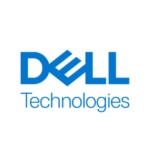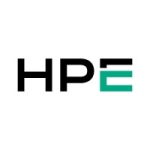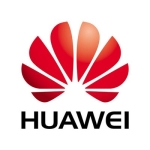For our customers, they're mainly using it for a backup repository and for NFS data storage.
One customer we're working with in particular is using FlashBlade along with another solution called an object engine. They're using that to revamp how they store their backups, then store them onsite. They can push stuff up to S3 and then archive into Glacier, so it reduces their onsite costs.
The most valuable features include the ease of implementation, ease of use and the speed that you can do backup and recovery on.
It's not complex. Everything's included in the licensing. You pay for a terabyte of storage. You don't pay for it if you want to upgrade to a bigger driver. Your support is set constantly in the Evergreen model. You also get free refreshes, etc. All of that in combination gives everybody an easier feeling of how they're going to go forward and what their known costs are further on down the road with Purity.
The solution needs better SMB support. For SMB 3.0 for example, I would expand their footprint to sell FlashBlade, etc.
The solution is very stable. It's easy to upgrade. You don't have any downtime for it.
In terms of scalability, it doesn't expand out quite as robustly as some of the others, but it covers 90% of the market in what it does.
I've only needed to use technical support once and they were very good.
The initial setup is very straightforward. It's pretty simple.
There's a limited number of commands and ease of plugging it in. There's not a whole lot of configuration to set up inside of the solution. If you do want to set something like Active Cluster, it's a few clicks and some simple steps. It's not very complex at all.
For deployment, mainly, they'll come in initially as a test. Then it moves into production quickly. From there they'll start deploying it into HA. They'll have two separate items running an Active Cluster at this point. There's a lot of consolidation that goes onto it. They'll start pulling systems off of other things onto the solution.
The initial deployment takes a day or two tops depending on how much you're going to teach the customer.
In the licensing model, everything is included. You don't buy a separate license for Active Plus.
Support is a separate line item. Support is a different cost, but whatever your support is now, that's what you're going to pay forever. If your support's $100 today, six years from now it's $100. It doesn't fluctuate unless you upgrade it, or change it, etc.
Customers typically also evaluate EMC and NetApp. The primary reason they choose Pure is probably the ease of use and cost.
We use a hybrid deployment model. Most of the new data backups to the private cloud and then we can push it off to the public cloud for archiving. The cloud provider we're most likely to use is AWS.
Our customers also run VMware on Pure. I'd say in general, the solution helps IT departments. It allows consolidation in virtualization.
The main drivers around VMware on Pure for our customers are the speed, ease of use, and the Evergreen model for their licensing or support.
The joint solution, VMware on Pure, makes it easier for them to consolidate. They have smaller footprints out of their racks because it's all slashed, so they do not have a bunch of spinning drives. It's faster. It's easier for them to use. They don't have to buy their terabytes any more. They like the evergreen model because of the support.
Any integration to the vCenter helps in our deployment of VMs. You don't have to go out to the Pure interface and do anything you can do inside the vCenter.
My advice to others thinking about implementing the solution would be to look at them long and hard before you make a decision because they're definitely worth looking at.
I would rate FlashBlade an eight out of ten.











